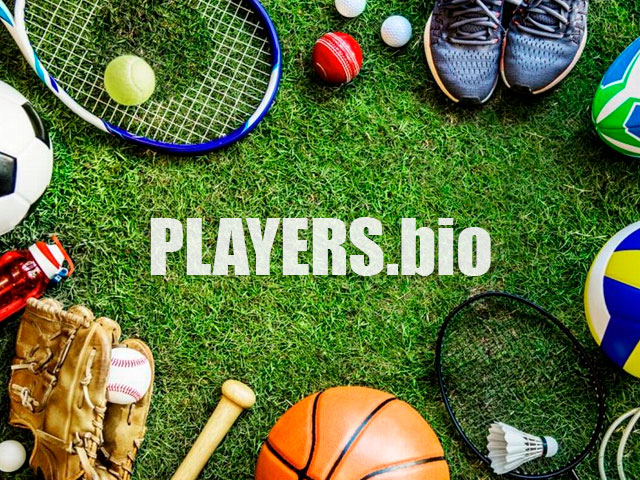American trans athletes find safe space in gymnastics while under scrutiny
Raiden Hung can't imagine a life without gymnastics. And to be honest, he doesn't want to.
There's always been something about the sport that's called to him. Something about flipping. Something about the discipline it requires. Something about the mixture of joy and calm he feels whenever he steps onto a mat.
"It keeps me sane, I guess," the 21-year-old student at Northeastern University in Boston said. "Gymnastics is the love of my life basically."
The hours in the gym have long served as a constant for Hung. The one thing he can always depend on. The one place where he can truly feel like himself.
Still, Hung feared he would be forced to give up gymnastics when he realized in his late teens he was non-binary. He had identified as female most of his life and competed in women's events growing up. He says he now identifies as trans-masculine.
Part of Hung's transition included beginning hormone replacement therapy, something he considered putting off over worries that it meant he would no longer be able to compete.
"It was sort of like, 'Do I have to make a choice?"' Hung said. "And that would have probably been awful for my mental stability, like having to choose between the two."
The National Association of Intercollegiate Gymnastics Clubs gave Hung safe harbour. The stated mission of the steadily growing organization that includes more than 2,500 athletes and 160 clubs across the country is to provide a place for college and adult gymnasts to continue competing while "pushing the boundaries of the sport."
That includes, but is hardly limited to, being as gender-inclusive as possible.
During local NAIGC meets, for example, there are no gender categories. Athletes compete against every other athlete at their designated








